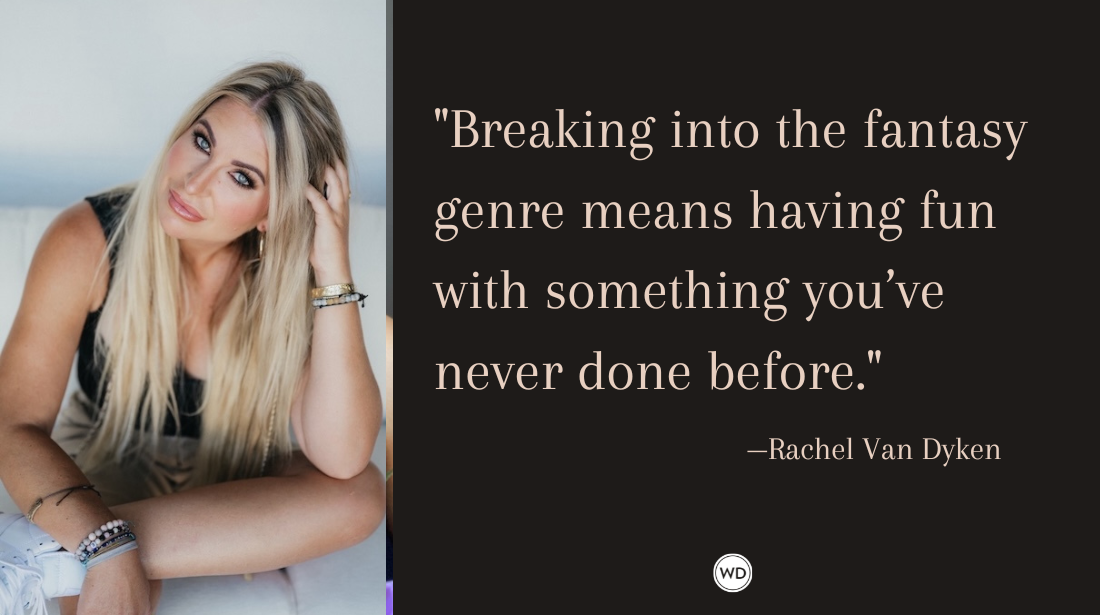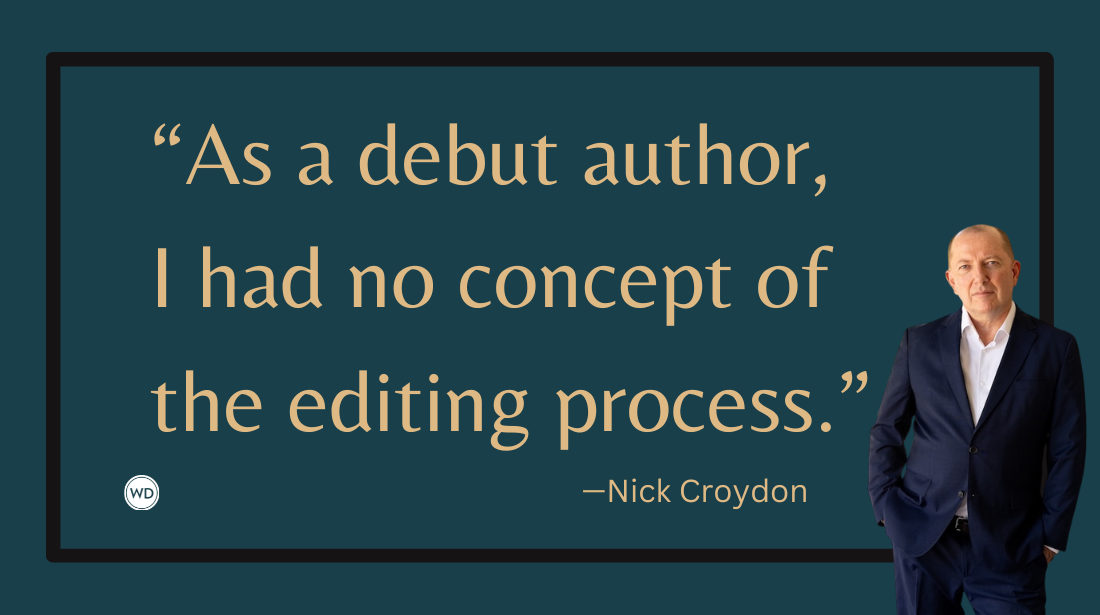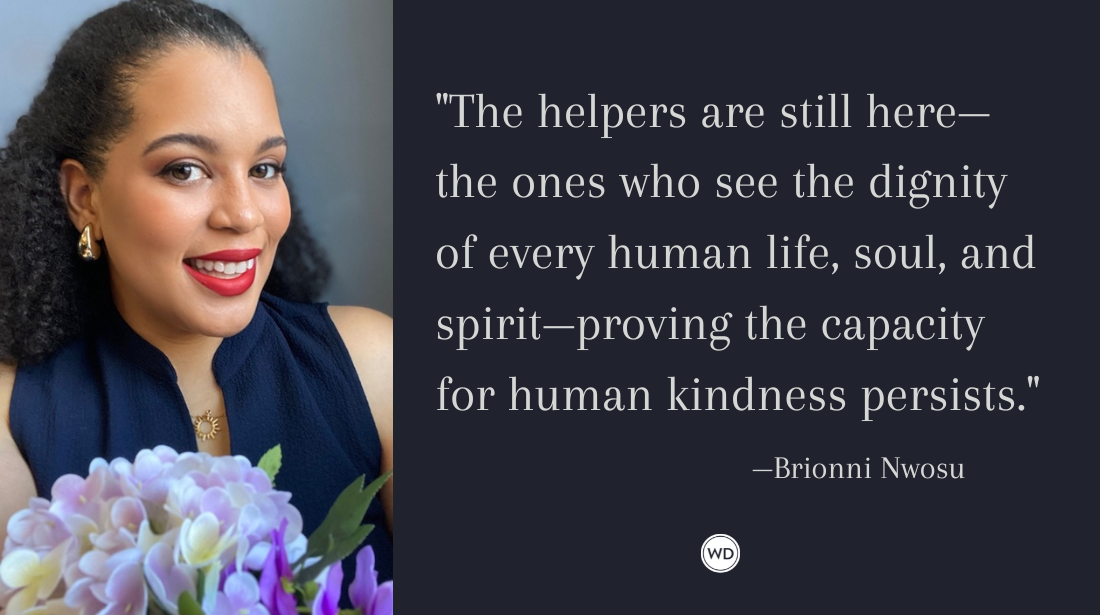Writing Mistakes Writers Make: The Characterless Character
The Writer’s Digest team has witnessed many writing mistakes over the years, so this series helps identify them for other writers (along with correction strategies). This week’s writing mistake is writing a characterless character.
Everyone makes mistakes—even writers—but that's OK because each mistake is a great learning opportunity. The Writer's Digest team has witnessed many mistakes over the years, so we started this series to help identify them early in the process. Note: The mistakes in this series aren't focused on grammar rules, though we offer help in that area as well.
Rather, we're looking at bigger picture mistakes and mishaps, including the error of using too much exposition, hiding your pitch, or researching too much. This week's writing mistake writers make is writing a characterless character.
Writing Mistakes Writers Make: The Characterless Character
I was reading a book once where, near the end, a character did something wildly out of place with how they’d been developed. The character in question had experienced a lot of manipulation and emotional bullying and finally had had enough. They stormed out of the story in a dramatic way, and I was certain the other characters would recognize this change in them. That, I thought, was the whole point.
But no. One of the other characters said something to the effect of, “I know them. When they set their mind to something, they don’t change it. They aren’t coming back.”
This troubled me because as the reader, I knew this wasn’t true. The whole of the book had been spent on this character not making up their mind about anything, about being easily swayed in another direction, and about not standing firmly in their own story. It felt unfair and, to be frank, a bit lazy to allow another character to simply regard this as an aspect of their person—a seemingly shared past we, the reader, weren’t clued in on until it was convenient for the plot.
It made me realize that this character hadn’t been much of a character at all, hadn’t been properly developed in a way that allowed them to exist as a real person on the page. They’d been pulled in every which direction the plot needed, while also being maintained as the story’s main character, and so what felt like the denouement fell flat.
I call this the characterless character—a character that exists without a personal past, present, or future, and does whatever the plot needs.
A character that helps make sure the story gets from point A to point B isn’t inherently wrong or bad. In fact, every story needs them to give the main character the information they need. They’re often on the fringes, perhaps a friend or coworker or family member, or even as simple as two nameless people having a conversation that the main character happens to overhear. But your main characters need to have a sense of self, even if that sense is questioned or changes.
As writers, we want to walk away from a story feeling like our characters exist within the world we’ve built for them, that it is a symbiotic relationship between place and person. When one threatens to take over the other, the balance teeters on collapse.
It’s a common mistake writers make, and an easy one to make at that. I fall prey to this in my own drafts. I want to help by sharing practices that have helped me work through characterizing my characters when the plot needs movement.
1. Know your characters like they’re real people.
The better you know your characters, the less likely they are to do something that’s hard to justify. Even spontaneity has glimmers of characterization. Spend some time getting to know your characters—fill up pages with information on who they are, what they’re like, and how they move through the world.
2. If they do something uncharacteristic, make it a big deal.
Characters behaving uncharacteristically isn’t the problem. In fact, this can be a real joy and invigorating part of both writing and reading. But if you are building your character up to do something that is unlike them, make it a big deal in the story. Have other characters be shocked—heck, have the character themself be shocked! Don’t pass it off as a side of them the reader hasn’t ever seen before. Even if that might be true for you, it isn’t for them.
3. Start with the uncharacteristic moment and work backward.
If your story is more about plot than character, then perhaps start at the uncharacteristic moment in the story and work backward from there to give yourself a sense of why they would do that or why it would be shocking. There’s nothing wrong with choosing plot over character, especially in the development phase. But when the two are in sync, your reader will thank you.
We all have different reading habits and sensibilities. Striking the balance between everything we’re creating on the page can often feel like developing a recipe: You add one thing, which changes another, and so the process feels never ending. But every wrong step you take gets you closer to the right one, and so in that, there are no wrong steps. They all lead you to where you need to be.
Michael Woodson is the content editor at Writer's Digest. Prior to joining the WD team, Michael was the editorial and marketing manager for the independent children's book publisher Blue Manatee Press. He was also the associate editor for Artists Magazine and Drawing magazine, and has written for Soapbox Cincinnati, Watercolor Artist, and VMSD magazine. An avid reader, Michael is particularly interested literary fiction and magical realism, as well as classics from Jane Austen, Ernest Hemingway, and E.M. Forster. When he's not reading, he's working on his own stories, going for a run at his favorite park, or cuddling up to watch a movie with his husband Josh and their dog Taran.









